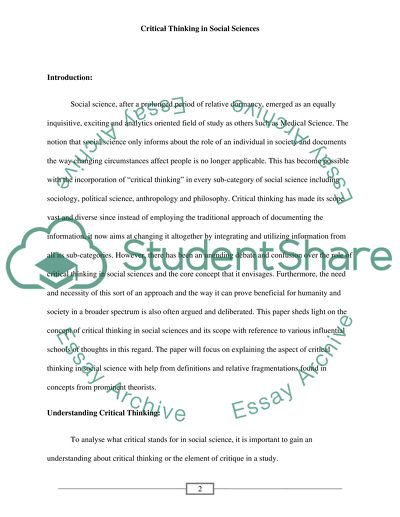Cite this document
(“Critical and Philosophical Issues in the Social Sciences Essay”, n.d.)
Retrieved from https://studentshare.org/sociology/1497451-critical-and-philosophical-issues-in-the-social
Retrieved from https://studentshare.org/sociology/1497451-critical-and-philosophical-issues-in-the-social
(Critical and Philosophical Issues in the Social Sciences Essay)
https://studentshare.org/sociology/1497451-critical-and-philosophical-issues-in-the-social.
https://studentshare.org/sociology/1497451-critical-and-philosophical-issues-in-the-social.
“Critical and Philosophical Issues in the Social Sciences Essay”, n.d. https://studentshare.org/sociology/1497451-critical-and-philosophical-issues-in-the-social.


